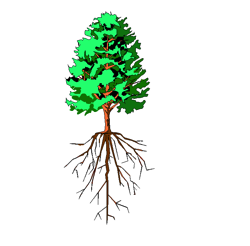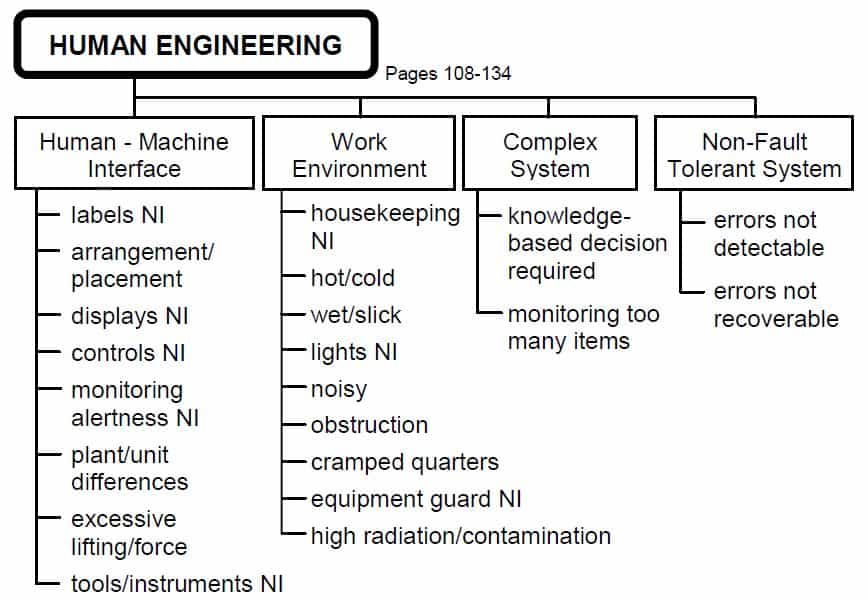Is Blame Built Into Your Root Cause System?

Blame is Bad
If you want to stop good root cause analysis, introduce blame into the process.
In recent years, good analysts have fought to eliminate blame from root cause analysis. But some root cause systems still promote blame—they actually have blame built into the system.
How can this be? Maybe they don’t understand how to make a world-class root cause analysis system.

When TapRooT® Root Cause Analysis was new, I often had people ask:
“Where is the place you put ‘the operator was stupid?'”
Today, this question might make you laugh. Back in the day, I spent quite a bit of time explaining that stupidity is not a root cause. If you hire stupid people, send them through your training program, and qualify them, then that is YOUR problem with your training program.
The “stupid people” root cause is a blame-oriented cause. It is not a root cause.
What is a root cause? Here is the TapRooT® System definition:
Root Cause
The absence of best practices
or the failure to apply knowledge
that would have prevented the problem.
Are there systems with “stupid people” root causes? YES! For example, consider these blame categories:
- Attitude
- Attention less than adequate
- The step was omitted due to a mental lapse
- Individual’s capabilities to perform work less than adequate
- Improper body positioning
- Incorrect performance due to a mental lapse
- Less than adequate motor skills
- Inadequate size or strength
- Poor judgment/lack of judgment/misjudgment
- Reasoning capabilities are less than adequate
- Poor coordination
- Poor reaction time
- Emotional overload
- Lower learning aptitude
- Memory failure/memory lapse
- Behavior inadequate
- Violation by individual
- Inability to comprehend training
- Insufficient mental capabilities
- Poor language ability
- In the line of fire
- Inattention to detail
- Unawareness
- Mindset
You might laugh at these root causes, but they are included in real systems people use.
The “operator is stupid” root cause might fit in the “reasoning capabilities less than adequate,” the “incorrect performance due to mental lapse,” the “poor judgment/lack of judgment,” or the “insufficient mental capabilities” categories.
Human Performance Root Causes
You may ask:
“Couldn’t a mental lapse be a cause?”
Of course, the answer is yes. Someone could have a mental lapse. But it isn’t a root cause. Why? It doesn’t fit the definition. It isn’t a best practice or a failure to apply knowledge. We are supposed to develop systems that account for human capabilities and limitations. A robust, resilient system. At best, a memory lapse would be part of a Causal Factor.
To deal with human frailties, we implement best practices to stop simple memory lapses from becoming incidents. In other words, that’s why we have checklists, good human engineering, second checks when needed, and supervision. The root causes listed on the back side of the TapRooT® Root Cause Tree® Diagram are linked to human performance best practices that make human performance more reliable so that a simple memory lapse doesn’t become an accident.

What happens when you make a list with blame categories like those in the bulleted list in the first section above (for example, “less than adequate motor skills”)? The categories get overused. It is much easier to blame the operator (they had “less than adequate motor skills”) than to discover why they moved the controls incorrectly. It’s easy to say there was a “behavior issue.” It isn’t easy to understand why someone behaved the way they did.
TapRooT® RCA looks beyond behavior and simple motor skill errors to find real root causes of human performance issues.
How do we know that blame categories get overused? We tested the use of “blame categories” in a system. The test showed that including blame categories in an otherwise good system causes investigators to jump to conclusions and select these “easy to pick” blame categories rather than applying the investigative effort required to find real root causes.
But I Don’t Use Categories
You may think that if you don’t have any categories, you have sidestepped the problem of blame. That just applying “cause-and-effect” eliminates blame.
WRONG!
Blame is built into our psyche. Most cause-and-effect examples I see have some blame built into the analysis.
If you want to successfully find the real, fixable root causes of accidents, precursor incidents, quality issues, equipment failures, cost overruns, or operational failures, don’t start by placing blame or using a root cause system with built-in blame categories. Instead, use advanced root cause analysis – TapRooT® RCA.
Learn to Use the Best Root Cause Analysis System That Doesn’t Include Blame Categories
The best way to learn about advanced root cause analysis that doesn’t include blame is in a:
- 2-Day TapRooT® Root Cause Analysis Course,
- 2-Day Equifactor® Equipment Troubleshooting and TapRooT® Root Cause Analysis Course,
- 3-Day Virtual TapRooT® Root Cause Analysis Course, or a
- 5-Day TapRooT® Advanced Root Cause Analysis Team Leader Course.
See the list of upcoming public TapRooT® Courses here: https://store.taproot.com/courses.
Or call us at 865-539-2139 or CLICK HERE to get a quote for a course at your site.





Replace ‘Blamestorming’ with ‘Brainstorming’ when assessing the Root Cause for a failure.